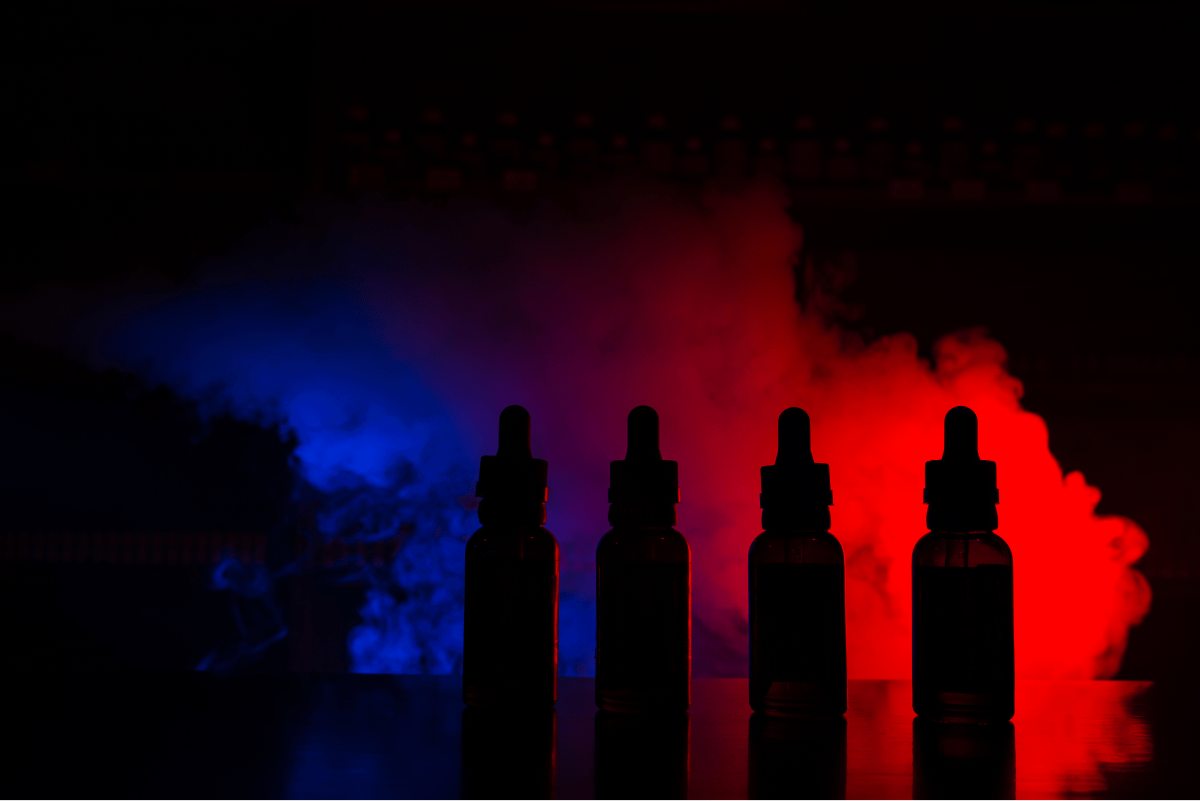If you enjoy browsing the selection at your favorite vape shop, you’ve probably noticed that seemingly all of the industry’s major manufacturers are now offering mesh coils for their tanks. Have you tried a mesh coil for vaping yet? If you haven’t, you could be missing out on one of the most interesting new technologies to hit the vaping market in years. Mesh coils produce huge vapor clouds at low wattages. They bring you dense, rich flavors without wasting e-liquid. Are you tired of your tank constantly popping and spitting? Mesh coils are often nearly silent during vaping. Are you excited yet? Now you’re beginning to get an ideal of why mesh coils are causing such a fuss.
Let’s learn more about why your next vaping tank needs to have a mesh coil available as an option.
Cloud Chasing Technology: The Story so Far
To understand why mesh coils are so important, you need to understand what cloud chasing coils were like before mesh coils began to appear. Vapers love huge clouds, and the way to get those clouds is by increasing the surface area of the atomizer coil. With a traditional spiral-shaped vaping coil, though, increasing the coil’s surface area requires using more metal. An increase in surface area, in other words, has a corresponding increase in coil mass. If you increase the mass and surface area enough, you end up with crazy coils like these.
(Picture)
The above coils – for the SMOK TFV12 Cloud Beast King tank – are some of the most effective cloud chasing coils available for any sub-ohm tank. Can they generate big clouds? You bet they can. You’d need to be a pretty good coil builder to get more vapor out of an RDA than you can get with the 12 heating wires of the SMOK V12-T12 coil. Here’s the downside, though; that coil has a recommended range of 130-200 watts and works at up to 350 watts. Getting all of that metal hot enough to boil vegetable glycerin takes some serious power. Although tanks like the SMOK TFV12 Cloud Beast King do appeal to many vapers, they may not be ideal for you if you don’t want to spend all of your time charging dead batteries.
Why Mesh Coils Are Generating so Much Hype
Until mesh coils came along, chasing clouds with a sub-ohm tank was an exercise in compromise. If you wanted the biggest clouds and the best flavor, you’d need to put up with extremely poor battery life. There isn’t a vaping device on the planet that works all day at 350 watts. If you weren’t comfortable using your vaping device at a wattage that could power a U2 concert, your only alternative would be to use a coil with more modest performance.
Mesh coils have generated a stir in the vaping community because they’re the first bona fide cloud chasing coils that don’t require vapers to put up with extremely high power requirements and poor battery life. What makes mesh coils so different from standard wound coils? Let’s begin with a picture.
(Picture)
Rather than using one or more twisted wires, a mesh coil uses a single ribbon of metal mesh rolled into a cylindrical shape. This ingenious design results in a coil with very high surface area and very low mass. Even at low wattages, a mesh coil gets up to vaping temperature very quickly and produces impressively large and thick vapor clouds with almost no ramp-up time. Would you like to turn a small single-battery mod into a legitimate cloud chasing rig? You need a tank with a mesh coil.
What Are Some Other Benefits of Mesh Coils?
So far, we’ve learned that mesh coils:
- Generate thick, flavorful vapor clouds that compete with traditional cloud chasing coils without having the same wattage requirements
- Cool off quickly after use thanks to their low mass, so they don’t contribute to heat buildup in your device during vaping
- Begin generating vapor almost instantly when you press the button on your mod – even from a completely cold start
Mesh coils also have two other benefits that make them the absolute best pre-built vaping coils on the market. The first benefit is that a mesh coil doesn’t have the deep outer ridges that a traditional wound coil has. The mesh design maximizes surface contact between the coil and the wick, minimizing areas where e-liquid can collect and pool. When you use a mesh coil, you generally don’t have to worry about loud noses or spitback because pooled e-liquid is what causes atomizers to pop. The only noise you’ll typically hear is a gentle “whoosh” when you use a mesh coil.
If you’ve ever built your own atomizer coils, you know that traditional wound coils heat from the middle outward. By the time the outer wraps of a coil are hot enough to vaporize e-liquid, the middle is hot enough to burn the cotton of your wick. Many vaping coils don’t last as long as they should because their wicks end up getting torched. A mesh coil heats much more evenly than a traditional coil, which helps to preserve the wick and the coil itself. Treat a mesh coil right, and it’ll last longer than a wound coil.
How Will Mesh Coils Evolve in the Future?
What’s better than one mesh coil? Maybe something like these.
(Picture)
What you see above are coils for the Vaporesso Mesh Pro tank, released in 2018. Featuring up to three strips of kanthal mesh in a single coil head, these coils mean serious business – and they still have fairly modest wattage requirements. The triple mesh coil has a suggested power range of 80-110 watts. That’s really not bad considering the coil’s extreme vapor production. By the end of 2018, you’ll likely see several tanks on the market copying Vaporesso’s design – and unless someone manages to come up with something better, mesh coils will likely remain the coils of choice for cloud chasers and flavor lovers alike for some time to come.



Recent Comments